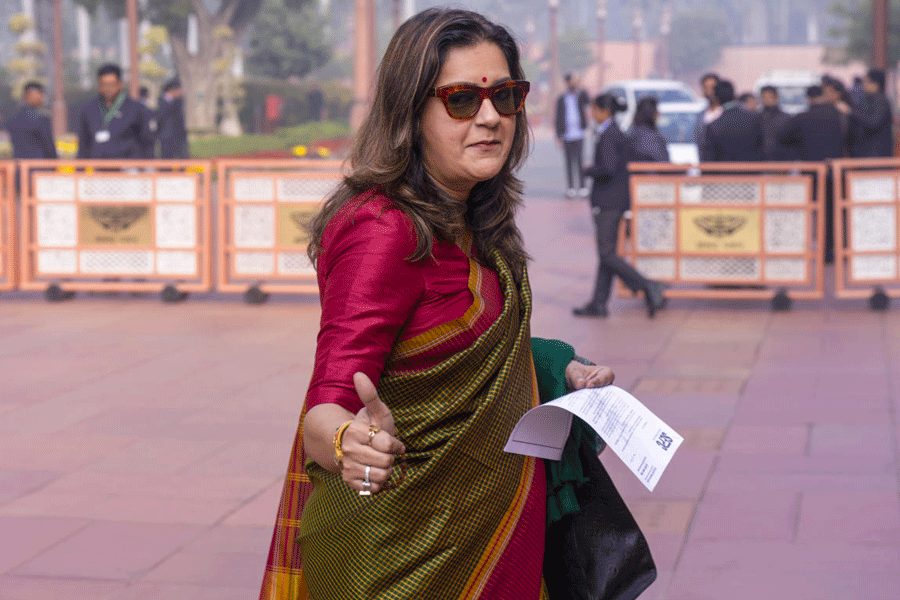Garages, automobile workshops and service stations engage children in violation of the law, a report by India’s apex child rights organisation says.
“Child labour in automobile industry”, released by the National Commission for the Protection of Child Rights (NCPCR), has held the big automobile manufacturers equally responsible with the garages.
The Child Labour (Prohibition & Regulation) Act 2016 debars any organisation from engaging children below 14 years in any occupation or process. It prohibits the employment of adolescents – those aged 14 to 18 -- in hazardous occupations or processes, including automobile workshops.
The NCPCR report is based on video surveys, containing interviews with child labourers from the automobile sector in Guwahati, Indore, Meerut, Chennai and Patna. The surveyors found children earning between Rs 2,000 and Rs 2,500 a month by working in various motor garages in the cities surveyed.
The automobile market has given rise to a huge basket of allied businesses such as repairs, maintenance and spare parts. The car and bike makers do not open service centres in proportion to the number of vehicles sold, nor do they manufacture spare parts in adequate numbers, the report says.
Local mechanic shops and garages have thus mushroomed, and this has led to the emergence of a grey market, it adds.
However, the survey has a couple of weaknesses --- it is anecdotal and does not provide rigorous and adequate data that can lend itself to statistical sampling. Nor does it provide recommendations, putting the “onus” instead on the auto industry to stop the garages from engaging child labour.
“The big automobile companies love the Indian auto market, but when it comes to obeying laws, these companies shy away from taking responsibility,” the report says.
Garage owners flaunt big advertisements of automobile giants while promoting child labour, it complains.
“It is evident that garage owners are directly responsible for these illegal acts. But, the blame lies as much with the automobile manufacturers,” the report says.
“If children are labouring inside these garages and motor workshops, toiling under their (automobile industry’s) advertising boards and banners, they will have to take the onus to curb it.”
Kumar Shailabh, co-director of the Haq Centre for Child Rights, an NGO, said the report should have given more evidence-based data and specific recommendations to help the implementing agencies take necessary measures.
NCPCR chairperson Priyank Kanoongo said the survey’s objective was to sensitise the industry into taking responsibility.
“It was a video survey to give an idea about the problem. Our objective is that all the units from the manufacturers to the service stations should come under the organised sector and follow labour standards. This will stop child labour,” he said.
Shailabh expressed dismay at the poor allocation of funds for the National Child Labour Programme (NCLP), the central government’s principal instrument to rescue and rehabilitate child labourers. The budget allocation for the NCLP plummeted from Rs 33 crore in 2022-23 to Rs 20 crore in 2023-24 – a fall of nearly 40 per cent.
“According to the 2011 census, there were 10 million child labourers in the country,” Shailabhsaid.
“We do not have any updated actual information, although sample surveys have estimated that the number of child labourers has increased after Covid. What we need is transparent data and adequate funding for rescue and rehabilitation.”
Funding for school education has to increase to provide quality schooling, Shailabh said, suggesting that high school enrolment and attendance is a key shield against child labour.
“The state governments are the implementing agencies of the law against child labour. The implementation is poor, since you see children working as labourers in various units, particularly in the industries and the tourism sector,” Shailabh said.
“There is no platform to know how many cases have been registered against employers, and how many have been prosecuted and convicted.” Dev Nathan, labour economist and a professor at the Institute of Human Development, Delhi, said the law against child labour has two big loopholes.
One, it allows children to be engaged in family-based enterprises after school hours and two, it lacks any provision to hold the lead firm responsible for anti-labour practices relating to outsourced work done outside its premises. “The lead firms should be held accountable for the anti-labour practices followed by different service providers and spare part manufacturers. In addition, the permission to work in a family enterprise is a potential facilitator for child labour and should be dropped,” he said. These demands have been raised in the past but the response from the government has been negative, he said.












